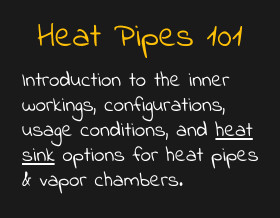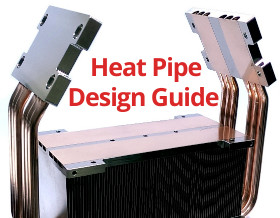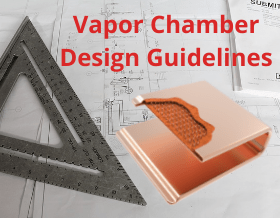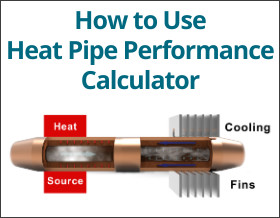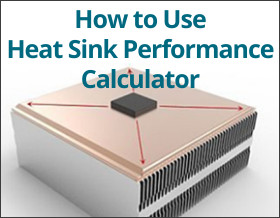2019 Thermal Resources
Download the following free white papers, presentations and application notes.
Heat Pipes 101
Presented by: Celsia
Introduction to heat pipes and vapor chambers covers the importance of two-phase devices in cooling modern electronics, working principles, typical usage configurations, and telltale signs they may be needed. Additionally, it will cover the types of heat sinks most used with these devices as well as common attachment methods.
Heat Pipe Design Guide
Presented by: Celsia
Design guidance on the use of copper tube heat pipes with sintered copper wick using water as the working fluid. As outlined, heat pipe selection needs to consider a range of factors including effective thermal conductivity, internal structure and physical characteristics, in addition to the heat sink characteristics.
Vapor Chamber Design Guidelines
Presented by : Celsia
Offers vapor chamber heat sink design guidance for the most prevalent types of electronics applications: CPU/ASIC to amplifier applications with power ranging from around 20-250 watts, power density greater than 20 W/cm2, and heat source sizes of between 10-30mm square. Focus is on vapor chambers using copper envelope with sintered copper wick and water as the working fluid.
How to Use Heat Pipe Performance Calculator
Presented by: Celsia
How-to guide for a calculator that provides three pieces of information based on heat pipe dimensions and operating temperature: the effective thermal conductivity for use in CFD modeling, maximum power handling (Qmax) based on angle of operation, and possible heat pipe alternatives based on the delta-T at various input powers.
How to Use Heat Sink Performance Calculator
Presented by: Celsia
How-to-use guide for a calculator that compares the delta-Ts of a high performing forced convection fin pack heat sink with either a solid metal or vapor chamber base. The total heat sink delta-T can then be compared with the thermal budget.
